ECONOMY
PM Modi’s nine years transform India in amazing ways amid some grave concerns
- IBJ Bureau
- Jun 03, 2023
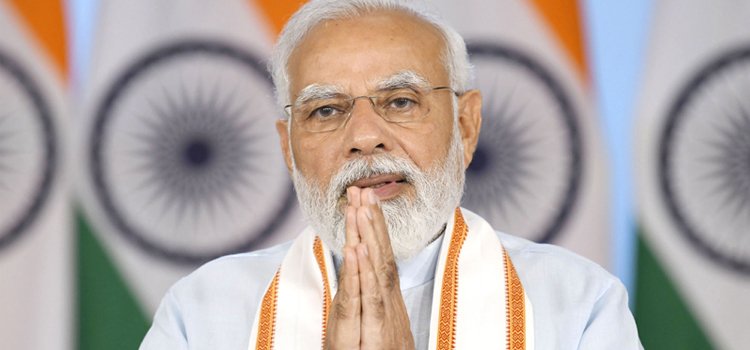
Prime Minister Narendra Modi’s government completed nine years in power last month. The nine years of Mr Modi’s BJP-led NDA government have transformed India in amazing ways. Many path-breaking policy interventions have breathed new life into the country’s socio-economic sphere. Similarly, there are some controversial decisions which have cost the economy dearly.
A major change visible all around is, of course, breathtaking developments unfolding in the infrastructure sector. Massive projects across roads, railways, ports and airports have been redefining new India and laying a firm foundation for a prosperous economy.
The biggest success story in the infrastructure sector is recounted by highways and expressways. The total length of the country’s highways from 97,830 km in 2014-15 to 1,44,955 km at the end of December 2022 throws light on the huge distance covered by the sector. Moreover, a big rise in broadband subscribers’ base, power generation – including a multifold spurt in production of renewable energy – number of flyers and cargo handled in ports shows how India is building its new infrastructure.
Rapid pace of digitalisation in India has left the world wonder-stricken. Many governments around the globe are keenly watching and looking to adopt the Unified Payments Interface (UPI), the government-sponsored digital infrastructure that has enabled this transformation at a relatively- low cost. Meanwhile, India has made rapid strides in digital transactions across all strata of society from 2,071 crore transactions in 2017-18 to more than 10,000 crore in 2022-23.
A natural offshoot of digitalisation has been the successful financial inclusion. The Jan Dhan Yojana, one of the pet projects of the prime minister, has brought millions of unbanked masses into the banking fold. More than 49 crore bank accounts belonging to weaker sections of society have been opened under the Jan Dhan programme. Besides, total deposits in these accounts have surged from Rs 17,219 crore in May 2015 to Rs 1,97,193 crore in May 2023. In fact, the JAM (Jan Dhan-Aadhaar-Mobile) trinity is the driving force behind the ongoing financial inclusion and digitalisation on a massive scale.
The Modi government is often credited with swift and efficient delivery of social welfare schemes. It is the JAM trinity once again that is working wonders with benefits of all the schemes going straight into the bank accounts of their beneficiaries through the Direct Benefit Transfer (DBT) system.
Many systemic reforms – such as Goods and Services Tax (GST) and Insolvency and Bankruptcy Code (IBC), among others – have stabilised with initial glitches being addressed. India’s Corporate Tax rates have remained one of the lowest in the world, providing a huge boost to investments – both local as well foreign direct investments (FDI).
Despite these achievements, a few grave concerns continue to roil the economy. India has become the world’s fifth-largest economy only behind the US, China, Japan and Germany. However, the country’s economic growth is highly skewed with the unorganised, rural and agrarian segments in deep distress. Wages in these segments have remained stagnant or even dropped amid surging inflation.
Although crude oil prices have dropped considerably, there is little respite for fuel consumers, thanks to Central and State levies – with the Centre’s taxes accounting for a lion’s share. This has fuelled retail or consumer inflation and is hurting lower middle class and other vulnerable people. At the same time, wholesale or producer inflation is dropping sharply, indicating a plunging demand for many consumer and capital goods. The government really needs to pull up its socks and contain inflation of essential commodities and create more jobs. New India certainly cannot truly shine, if a sizeable number of its people continue to suffer.

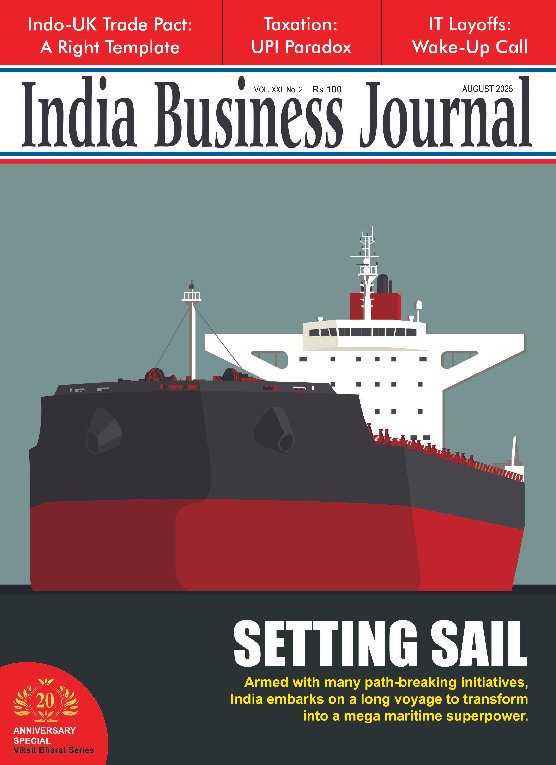









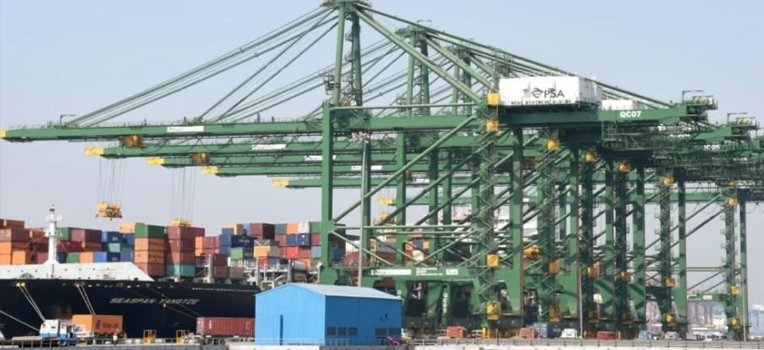
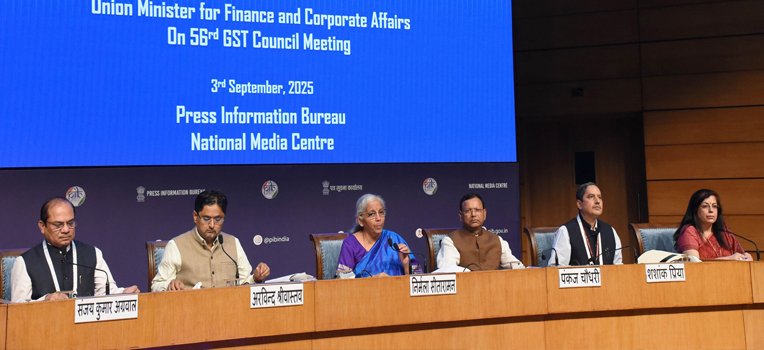

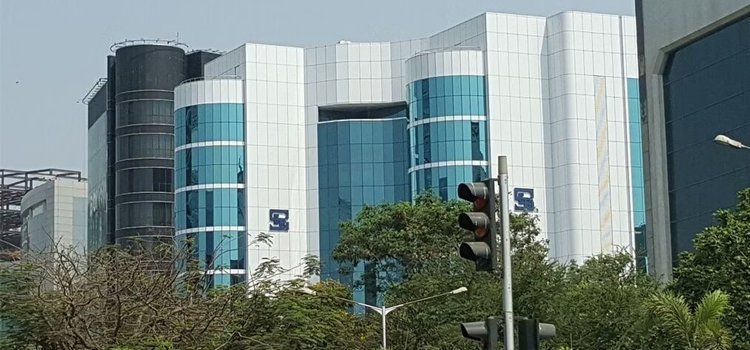

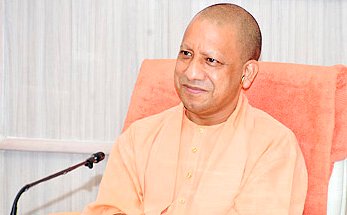
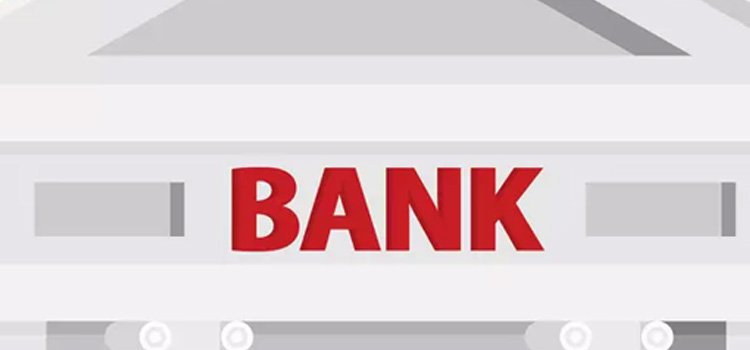



Report By
View Reporter News